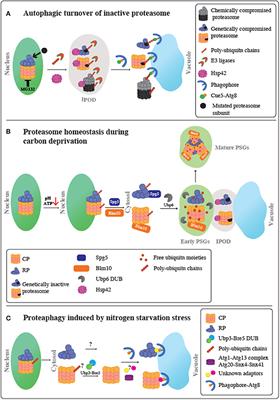EDITORIAL
Published on 17 Jul 2020
Editorial: Intracellular Proteasome Dynamics
doi 10.3389/fmolb.2020.00143
- 1,575 views
20k
Total downloads
173k
Total views and downloads
EDITORIAL
Published on 17 Jul 2020
REVIEW
Published on 09 Jan 2020

METHODS
Published on 20 Aug 2019

REVIEW
Published on 16 Jul 2019

REVIEW
Published on 07 Jun 2019

REVIEW
Published on 16 May 2019

REVIEW
Published on 01 May 2019

MINI REVIEW
Published on 09 Apr 2019

MINI REVIEW
Published on 22 Mar 2019

